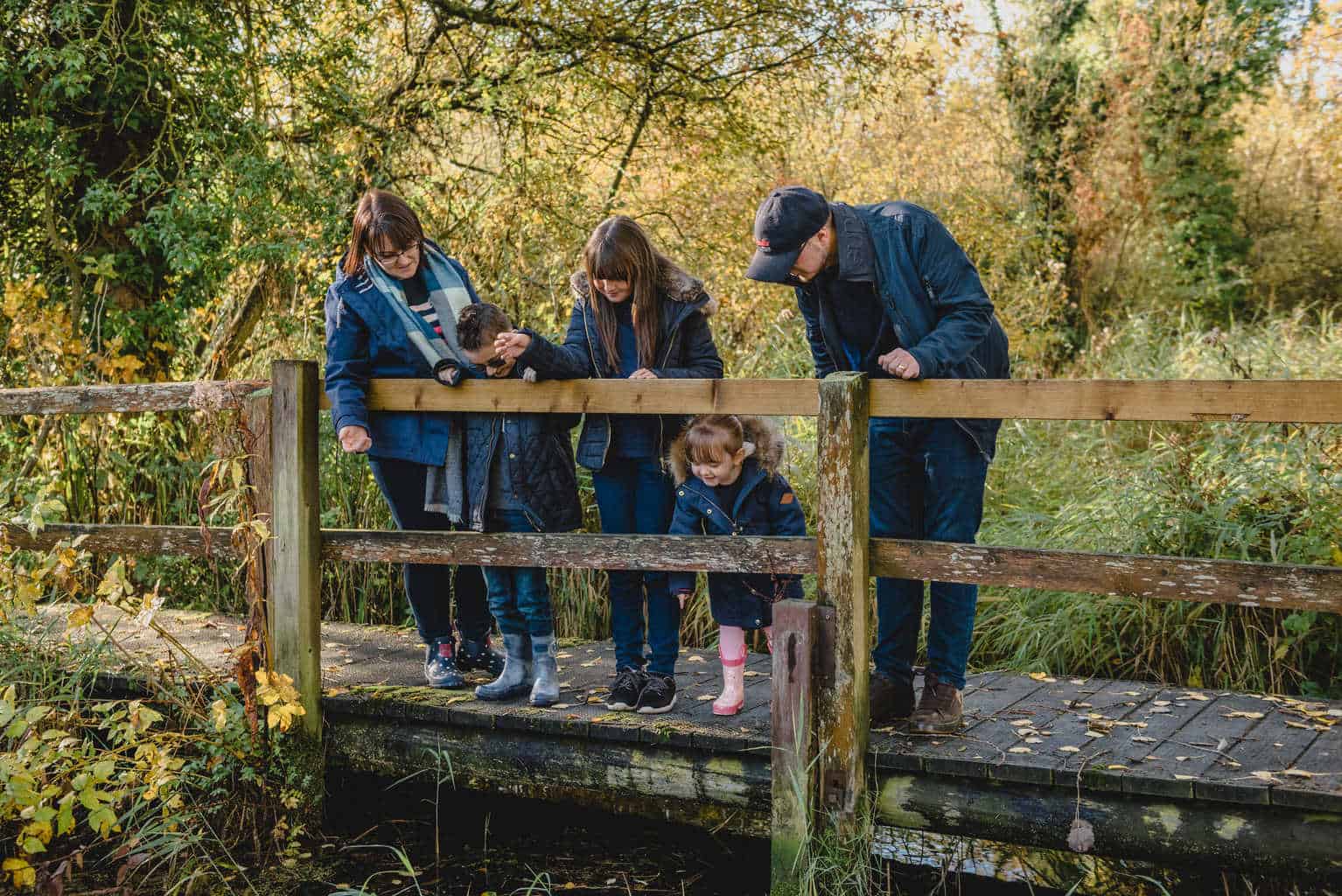Privacy screens are used for several reasons – not just privacy – and can add value to a property.
Work out which tree suits your requirements best
Evergreens reduce noise and keep snow out, as well as offering a home to wild birds. Deciduous trees give color and variety, but not all year round.
Work out how high you want your screen
Decide what you want to hide or baffle and how much height will be needed to do this – this will help you to choose the right tree.
Tall evergreens
The American arborvitae is a popular choice that can reach 40-60 feet in height.
The thuja green giant is similar and has the advantage of a fast growth rate; you can find out more about the thuja green giant tree at thetreecenter.com.
Evergreen hedge shrubs
The emerald arborvitae grows to 10-15 feet, but can be pruned shorter. The Nigra arborvitae reaches 20-30 feet, and can also be reduced in height.
Deciduous shrubs
The rose of Sharon is a popular hedge shrub, as is the north privet, which is a rapid grower.
Work out how wide you want your screen
If you have a large garden, you could plant a double or triple row of trees – some evergreen, some deciduous – for variety. If you only have a small space, you’ll need a single row of dense trees or shrubs.

Narrow evergreens
These trees will grow up to 15 feet wide, but can be trimmed into a hedge. If they’re planted close together, they won’t spread so much.
Narrow evergreen shrubs
The emerald arborvitae reaches 3-4 feet in width but can be trimmed to 2 feet wide. The Korean boxwood can be 4-6 feet wide but can also be pruned to fit smaller spaces.
Narrow deciduous shrubs
North privet also reaches 4-6 feet in width but can be reduced to suit a narrow hedge.
Choose the right tree
You should have all your deciding factors – function, width, height and “look” – so now you can select the right plant.

Work out rows and spacing
Your available space and desired density will determine the number of rows you need. You should avoid root crowding by planting the trees at least 2 feet apart (from the center of each plant). Think about how close you want the trees to be when mature.
Spacing for evergreens
Junipers and cedars need 6-8 feet distance while pines and spruces need 10-12 feet. The American arborvitae can tolerate distances of just 3 feet.
Evergreen shrubs
Medium-sized species need 3-4 feet distance while narrower examples like the Korean boxwood or emerald arborvitae can be 2 feet apart.
Deciduous shrubs
North privet should be around 2 feet apart while the rose of Sharon needs 2-3 feet.
Map your planting area
Place wooden stakes in the ground at each end of your planned hedge space and tie string between them, then add markers along the length at the right intervals.
Plant the shrubs
If you’re planting bare-rooted shrubs, you should dig a trench; for pot-grown plants, individual holes are best. This isn’t a firm rule, though.























No Comments